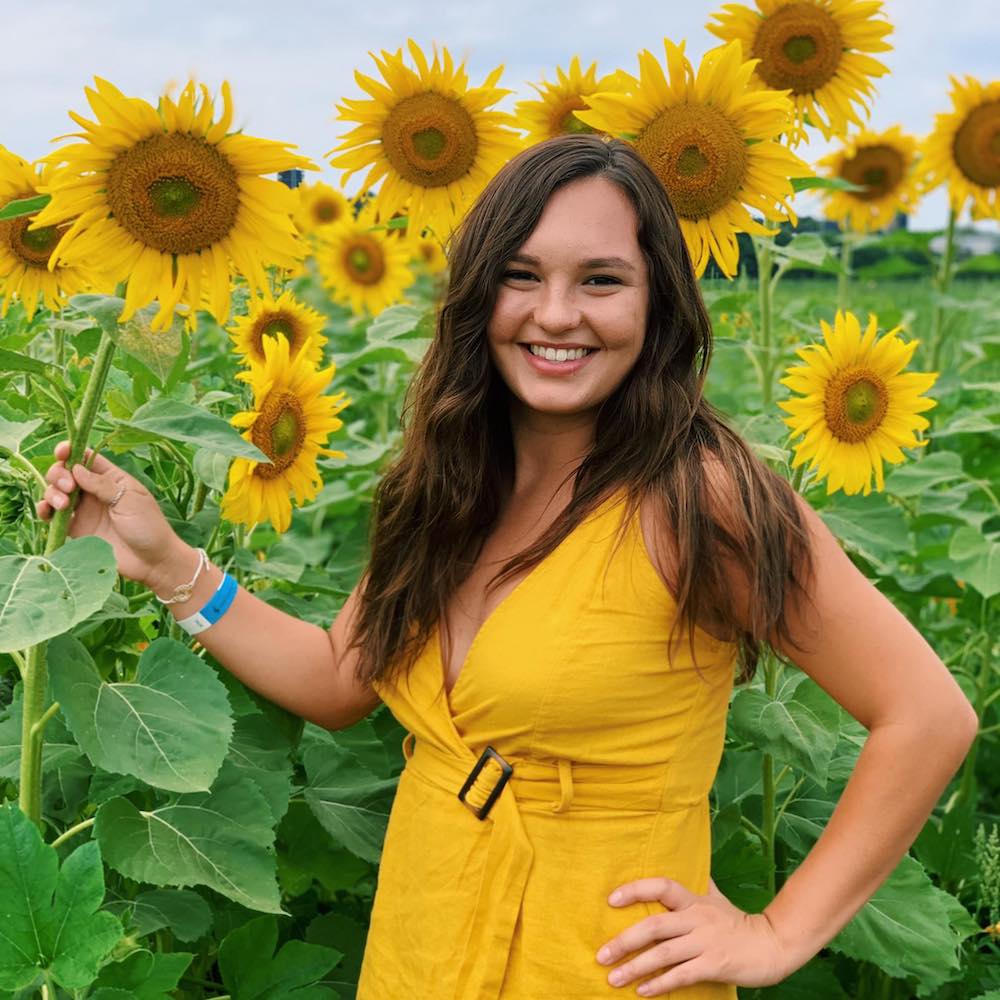
- Details
- By Kaili Berg
“I wanted to be the character that everybody had said I needed to be,” Seneca told Native News Online. “It didn’t fit because it just started really affecting my mindset and my mental health. I started questioning everything and started to get really irritable and lashing out.”
The stress of trying to conform to societal norms and the weight of his family situation strained Seneca’s mental health. In high school, when he began to contemplate suicide, he realized he needed to seek help and communicate his emotions.
“Nobody handed me a blueprint when I went through it,” Seneca said. “Talking about it and sharing experiences is how we’re creating paths forward. There’s no one right way, but by sharing our stories, we let others know they’re not alone.”
Today, Seneca advocates for mental health awareness as a planning committee member for the Fourth Annual World Indigenous Suicide Prevention Conference, taking place from July 22 to 25 at the Seneca Niagara Resort & Casino. This marks the first time the conference will be held in the United States.
Seneca’s struggles with mental health are emblematic of the disparities in suicide among Native youth.
According to the National Indian Council on Aging, Indigenous populations bear the brunt of the highest suicide rates, with the most significant impact felt among individuals aged 10-24. Suicide ranks as the seventh leading cause of death in Native communities, behind chronic illness and unintentional injury.
The conference theme, “Reclaiming Indigenous Resiliency and Hope,” aims to bring knowledge sharing around public health strategies rooted in Indigenous culture and wisdom.
Seneca said the global reach of the event demonstrates that suicide rates affect Indigenous populations around the world — and that no one community is suffering alone.
“The conference will be a fantastic opportunity to connect with people from all around the world. It reinforces that the issues we’re facing are not isolated to our region; they affect everyone globally. This realization shows us that we’re not doing something wrong—these challenges are universal,” Seneca said.
Over the four-day conference, participants from New Zealand, Australia, Canada, and more will come together to share what has been effective in addressing this crisis and where they still face significant challenges. This international exchange of experiences and solutions is expected to be one of the conference’s most valuable aspects.
A key theme of the conference is to reclaim and respect traditional and holistic approaches to mental health and well-being. Traditionally, Indigenous peoples practiced holistic methods long before they were formally recognized as such. However, due to government-sanctioned genocide and forced assimilation of Indigenous populations, many of these practices were once prohibited.
The legacy of historical trauma
Advocates believe that examining the connection between mental health challenges and historical trauma is vital for mitigating high suicide rates in Native American communities.
Victoria O’Keefe (Cherokee/Seminole), Associate Director at the Center for Indigenous Health, stresses the ongoing impact of colonization and assimilation policies, which have harmed generations of Native people.
“Colonization and policies like land dispossession have deeply hurt our communities,” O’Keefe told Native News Online. “This has led to historical trauma that affects not just youth, but entire communities.”
According to O’Keefe, research shows that historical trauma is linked to various challenges, including childhood adversity, substance abuse, anxiety, depression, and suicidal thoughts.
While suicide rates are notably high among Native youth and young adults, they vary widely among different tribes. “Our tribes are diverse, and this includes suicide rates,” O’Keefe said. “Some have high rates, while others are similar to or even lower than the US average.”
The legacy of the federal boarding school era that spanned from the late 1800s to 1969 also plays a significant role. Practices like changing names, cutting hair, and forbidding Indigenous languages drive generational trauma that still affects families today.
To address mental health disparities underpinned by cultural erasure, O’Keefe stresses community-level interventions that respect cultural identity, like language revitalization and culture camps where youth and families learn traditional practices and values.
‘Challenging the silence’
This year’s Indigenous Suicide Prevention Conference aims to reach those on the front lines of behavioral health in Native communities, such as advocates, social workers, and mental health professionals. Sessions will be held on decolonizing public health, tribal boarding schools, data sovereignty, and more.
“My hope is that this event rejuvenates the [attendees], reigniting their dedication to their vital work and enabling them to bring a fresh zeal back to their communities,” Seneca said. Advocacy is challenging, and for most of us, it’s not about the money; it’s about personal experiences or witnessing these issues firsthand.”
Seneca said he hopes the conference helps to shatter the silence around suicide.
“Challenging the silence surrounding mental health discussions is crucial. We’re sparking open dialogues and dispelling the idea of a one-size-fits-all solution. I’m hoping we can shed more light on these issues. It would be incredible to see a world without suicide in my lifetime, though I’m not sure if we’ll achieve that. The main goal is to bring that hope and unity by reclaiming our resiliency.”
More Stories Like This
Seven Deaths in Indian Country Jails as Inmate Population Rises and Staffing DropsSen. Luján Convenes Experts to Develop Roadmap for Native Maternal Health Solutions
Senate Passes Bill Aimed at Missing and Murdered Indigenous Peoples Crisis
Johns Hopkins Collecting Tribal Success Stories from $1.5B Opioid Settlement
Arizona MMIP Task Force Holds Listening Session for Survivors and Families


